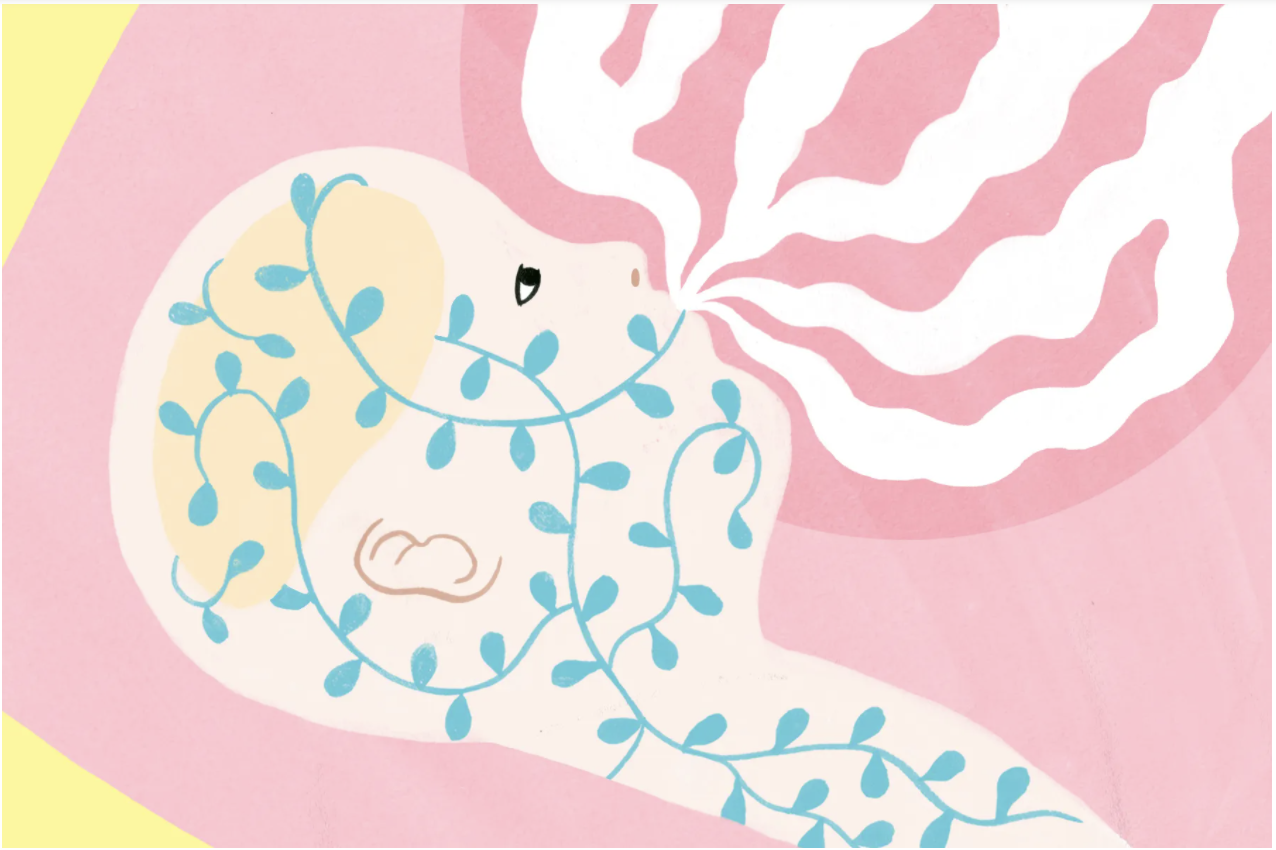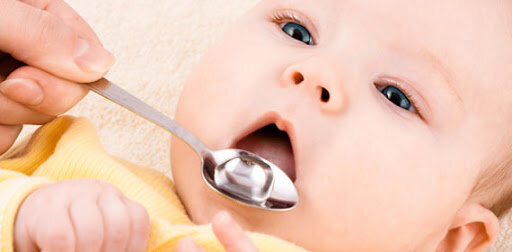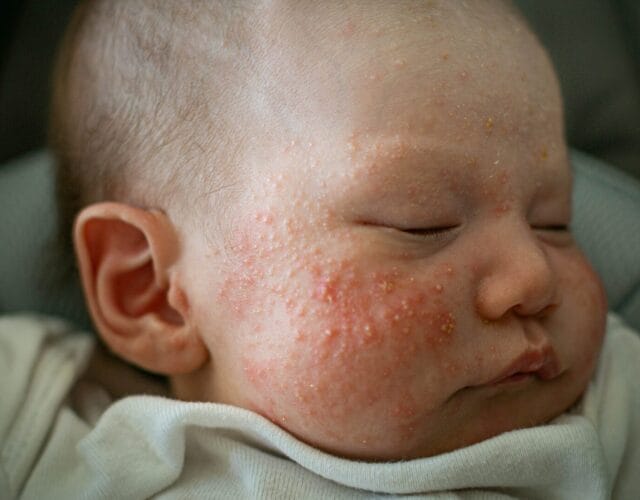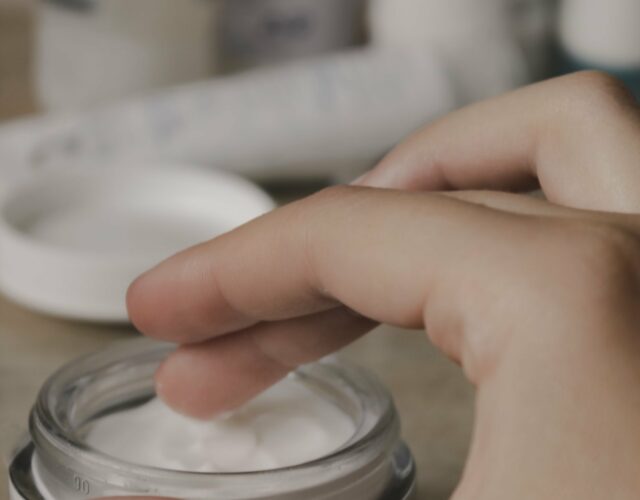
B infantis sounds like some sort of baby meme or something my kids would text. Who would have guessed that it happens to be one of the most important beneficial bacteria in babies and happens to have simply disappeared from the guts of american babies? Bifidobacterium longum subspecies infantis, AKA B. Infantis, just may be the most important bacteria for the healthy growth and development of babies that you have never heard of.
For years the medical community has sung the praises of probiotics and expounded on the eternal struggle in your gut between good bacteria and bad bacteria. We refer to the intestinal soup of bacteria in each person’s gut as their microbiome. And each individual’s gut microbiome is unique, like a fingerprint or a retina, and family members tend to share very similar microbiomes. Traditionally, it has been thought that babies simply adopt their parent’s microbiome, as these bacteria are passed to the growing fetus. Evidence has been mounting that the overall composition of any individual’s microbiome is a significant predictor of disease risk and health issues, but data is more limited in the infant population.
The Baby Microbiome
Specifically, an abnormal gut microbiome during infancy has been linked to increased risk of developing acute and long-term inflammatory diseases, such as colic, asthma and allergies, eczema, type 1 diabetes, obesity, and celiac disease. This is supported by studies which provide strong evidence that alterations in the gut microbiome composition contribute to abnormal development of the immune system and can lead to greater risk of the onset and progression of various autoimmune and allergic diseases. Therefore, understanding the gut microbiome in babies could possibly help us prevent future disease in adults.
Recent studies have shed alarming new light on the importance of one particular bacteria species present in babies – you guessed it – B Infantis. But here’s the kicker – B Infantis has essentially disappeared from the bellies of babies born in industrialized nations. That’s right – if you are or have an American born baby, you are likely missing this bacteria and as we are finding out, this may have lifelong dire consequences. The loss of this vital bacteria in developed countries is felt to be due to 3 primary causes: increased antibiotics use, formula feeding and C-section deliveries. More on this later.
At this point you are probably wondering what’s so great about this one bacteria? I mean you have millions of bacteria on your shoe right now and no one is crying a river over them. But B infantis is different. It’s like the knight in shining armor of the baby bacteria world. So here is what we know.

Nerd Facts about B. Infantis
We have been aware of B infantis for quite awhile – over 120 years. It was first found in the feces of breastfed infants by a french guy who spent much of his life studying poop. He named it bifidobacterium because it was shaped like a “Y” under the microscope and bifid means 2 parts. The bacteria colonizes the gut of the newborn infant over the first days to weeks of life and quickly becomes the big man on campus accounting for 40-80% of the bacteria in the healthy newborn. Transmission of bifidobacteria from the mother (vagina, GI tract, or breast milk) has been demonstrated and vaginal delivery provides a higher level of Bifidobacterium in babies compared to caesarean section (C-section) delivery. The difference in bacterial levels between c-section and vaginal deliveries is not seen until 5 days of life, and the difference disappears after 30 days, which means the first month microbiome levels are critical. Also, breastfed babies have much higher levels of B. infantis than their formula fed counterparts.
Ok – now it’s time to discuss some of the not so glamorous aspects of childbirth. B. infantis loves to live in airtight spaces like mom’s colon. When giving birth many mothers will also have an inadvertent bowel movement. And babies are typically born face down – so hopefully now you are getting the picture. It’s likely babies are meant to get some of mom’s poop in their mouths – yucky stuff right? But nowadays many moms will prep for delivery with an enema or bowel prep to decrease the possibility of a childbirth BM. But you may actually be hurting your baby by not allowing them the full poop immersion experience!! By the way, this is a great anecdote to tell your kids at dinner if they are refusing to eat their vegetables.

Human Milk Oligosaccharides – What?
Once colonization of B. Infantis is established in the baby gut, it starts to work its magic. The first thing it does is eat. And B. infantis is a very picky eater. Human breast milk is filled with something called HMOs – not a bunch of administrators in suits – but Human Milk Oligosaccharides. This is a carb in breast milk which appears to have the sole function of feeding the B infantis bacteria – humans can’t digest it. Let me say that again – this bacteria is so important that human breast milk has evolved over time to carry food that only feeds this super bacteria in our gut! The perfect symbiotic relationship. As the bacteria eat the HMOs a super specialized cascade of events occurs. The bacterial genes breakdown the HMOs into a number of valuable growth, development, anti inflammatory and anti-pathogen products. HMOs themselves have been shown to be important players in the infant development game, lowering the incident of a severe neonatal intestinal disease called (necrotizing enterocolitis) NEC, once again reinforcing the importance of breastfeeding.

First, B infantis produces enzymes which beat back potentially harmful bacteria like E. coli and Proteobacteria, keeping their numbers in check. Next, it produces short chain fatty acids (SCFA) which play an important role all over the body. SCFA’s (like acetate for example) stabilize cells in the gut to reduce inflammation and stop them from producing chemicals which promote inflammation. So if you study the poop of babies who are colonized by B infantis, they have significantly less markers of inflammation and signs of a more stable gut lining. Children with higher levels of B. infantis also have a much better response to vaccines than their counterparts, possibly giving better lifelong immunity.
Additionally, those SFCA travel to adipose tissue, lungs, brain, and liver, inducing overall beneficial metabolic effects. In short, SCFAs rock for the growing baby. Interestingly, acetate travels to the brain where it acts on the nerves in the hypothalamus which control satiety (hunger). Meaning the future development of obesity in these kids may in part be related to the presence of B infantis and its ability to produce chemicals which suppress appetite. And indeed, subsequent studies have shown that higher levels of B infantis and SCFAs in babies’ bellies correlate with lower risk of colic and even longer sleep. How about that mamas?
Stomach Acid and Babies
B infantis also has the overall effect of making the digestive tract more acidic. Acidity in the GI tract helps to discourage the growth of unwanted bacteria and also is beneficial for our cells which line the GI tract. We disrupt this natural acidic environment when we treat children with reflux medication. Reflux medications block the acid production in the gut, rendering the pH higher in the hopes of relieving presumed colic symptoms or other bowel issues. But here’s the irony. The colic and digestion issues plaguing the baby are likely the result of a pH that is already too high (basic). This elevated pH may be due to the lack of B infantis in the baby’s gut since birth. Thus by giving this baby an acid blocker, which is common practice in the USA, we may in fact worsen the problem by allowing the bad bacteria to flourish in this relative non-acidic environment. And in fact studies have shown that children treated with anti-reflux medications clearly have higher risk of asthma, eczema, and other allergies.

Of course these are just a few of the functions of our buddy B infantis and current research will likely yield many more of it’s benefits. So, now that we know this is a bacteria we all should know and love, how do we get it back? The industrialized health system has likely been the culprit in eradicating this gem of a bacteria from our babies. It’s also likely one of the reasons that developed countries have alarmingly high and rising rates of autoimmune and inflammatory conditions such as asthma, eczema, celiac disease, diabetes, and many others. We have created a system of sick care which essentially waits until sickness occurs and then simply treats the symptoms – a temporary fix. Integrative medicine aims to find the root cause of disease (ex: evaluate for imbalances gut bacteria), modify the factors leading to the disease, and eradicate the problem.
Antibiotic Overuse
The dramatic overuse of antibiotics is probably the lowest hanging fruit to pick in this orchard of western medicine. Since antibiotics must be prescribed by a physician or other accredited practitioner in our country and many others, we should begin to police ourselves toward appropriate dispensing of these drugs. The CDC estimates that 30 percent of all antibiotics prescribed in outpatient clinics are unnecessary. Educating the public is a key piece to the puzzle because parents must understand that a pill is not always (and rarely is) the answer to the child’s problem. Many overworked primary care doctors in our country know that it is much easier to write an antibiotic prescription to the frustrated mom with the screaming ear aching baby than to counsel her for 30 minutes on why antibiotics are not beneficial for ear infections. This would also start at the top, with state and governmental recommendations on antibiotic dosing – but that opens up a whole can of worms. It doesn’t help that the medical system is in bed with the drug companies, and the profits of both entities are closely intertwined. Or that the hospital systems reward physicians for shorter visits and more patients seen, rather than better care.
 , keep in mind that of all the antibiotics sold in the United States each year, 80% are used in the animal industry. Antibiotics used in raising animals likely plays a role in the microbiome of every person eating that Big Mac or Whopper. So if meat is your thing, make sure you are buying antibiotic free products to protect those delicate little buddies in your gut.
, keep in mind that of all the antibiotics sold in the United States each year, 80% are used in the animal industry. Antibiotics used in raising animals likely plays a role in the microbiome of every person eating that Big Mac or Whopper. So if meat is your thing, make sure you are buying antibiotic free products to protect those delicate little buddies in your gut.
Too Many C-Sections
Secondly, method of birth is clearly an issue in the development of childhood disease. According to the Center for Disease Control and Prevention’s latest figures, 31.9 percent of all U.S. childbirths in 2016 were delivered via C-section. In 1991, C-sections only made up about 23.5 percent of births in the U.S. Working with 2009 data from 593 US hospitals nationwide, a review found that cesarean rates varied tenfold across hospitals, from 7.1 percent to 69.9 percent. Even for women with lower-risk pregnancies, in which more limited variation might be expected, cesarean rates varied fifteenfold, from 2.4 percent to 36.5 percent.
The U.S. is not alone in its high percentage of C-section deliveries —from 1990 to 2014 there has been a 12.4 percent increase in the global average C-section delivery rate, a 2016 study found. We are a society of convenience, and thus scheduling our elective c-section is easier than waiting for a heel dragging baby to make his or her way out. But we also face a highly litigious environment where obstetricians are much more likely to rush to cesarean under the premise that waiting and having a potential poor outcome will increase the likelihood of a lawsuit. It’s a medical catch 22 for them. Although this doesn’t explain how rates of c-section between hospitals can vary from 7% to over 70%. But we can educate mothers, families, and physicians on the clear health benefits of a vaginal delivery whenever possible. Reward hospitals for maintaining appropriate ratios of vaginal to cesarean deliveries.

Breastfeeding – It’s the Best Meal on Earth for Your Baby
Thirdly, let’s reinforce and re-educate mothers on the importance of breastfeeding. As shown in the studies alluded to above, breastfeeding is clearly vital for the formation of a healthy gut microbiome, and moreover that precious infant microbiome will dictate many aspects of health lifelong. Ever wonder how much money the formula companies have historically given to hospitals and the medical education system? When I had my babies I was given a “free” supply of formula to take home with me. These discharge packs have historically been part of a comprehensive marketing campaign by the formula companies to increase formula consumption. Studies have shown that the use of discharge formula packs by hospitals directly reduce the rate of breastfeeding. Efforts to block the use of formula discharge packs have helped, however 1 in 3 hospitals continue to supply their new mothers with these packs. Also, mothers tend to feel that if they were given the pack by the hospital “it must be beneficial and I should use it to help my baby”.
B. Infantis Probiotics?
So what if we give babies a supplement of B infantis probiotic? In a recent study published in Pediatric Research, researchers have demonstrated that colonizing infants with a specific strain of probiotic bacteria –B. infantis EVC001–reduces intestinal inflammation up to 55-fold compared to infants receiving breastmilk only. A number of other studies are ongoing but so far look promising. Many previous studies on probiotics in adults have not shown lasting colonies of the probiotics months down the road, but B. infantis seems to be the exception to that. Our goal should be to allow for the reemergence of B. Infantis naturally, however until then it may be worth supplementing with a probiotic. Probiotics for babies born via C-Section or babies born to mothers who received antibiotics at delivery has been part of my practice, and as research continues to emerge on B. Infantis, it just may become part of my standard newborn regimen for everyone.
So maybe until our system curbs the use of antibiotics, c-sections, and formula feeding, a healthy dose of our good friend B. infantis may be just what the doctor ordered for your baby.
Yours in Good Health,
Dr Ana-Maria Temple





